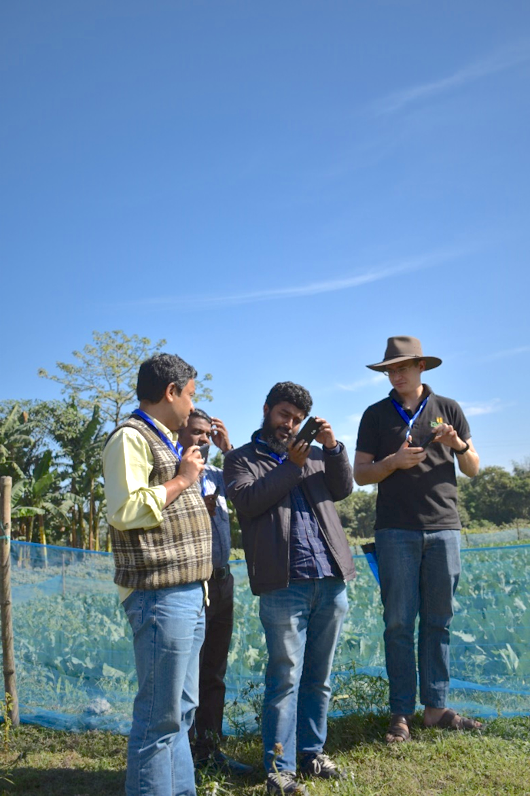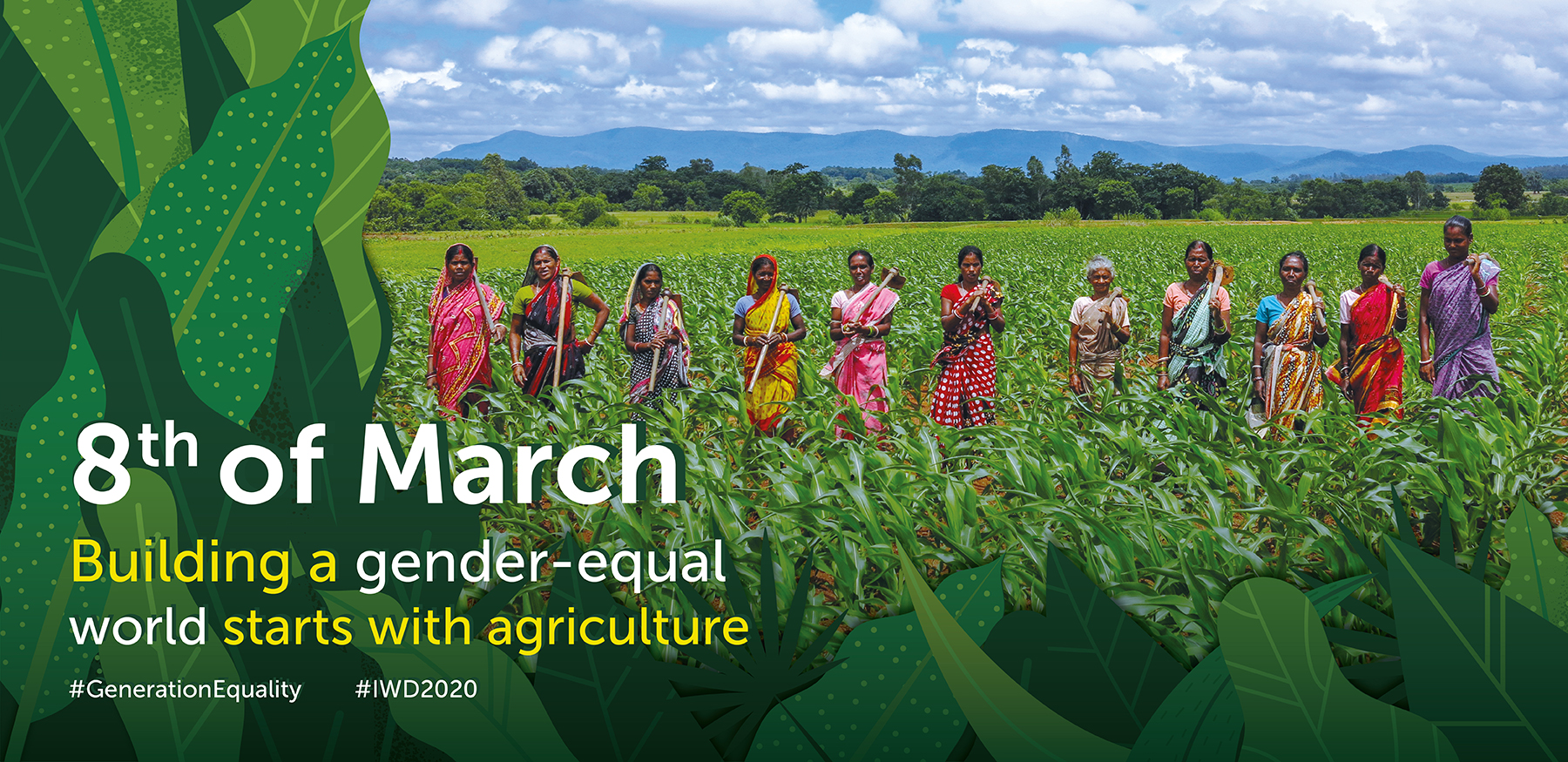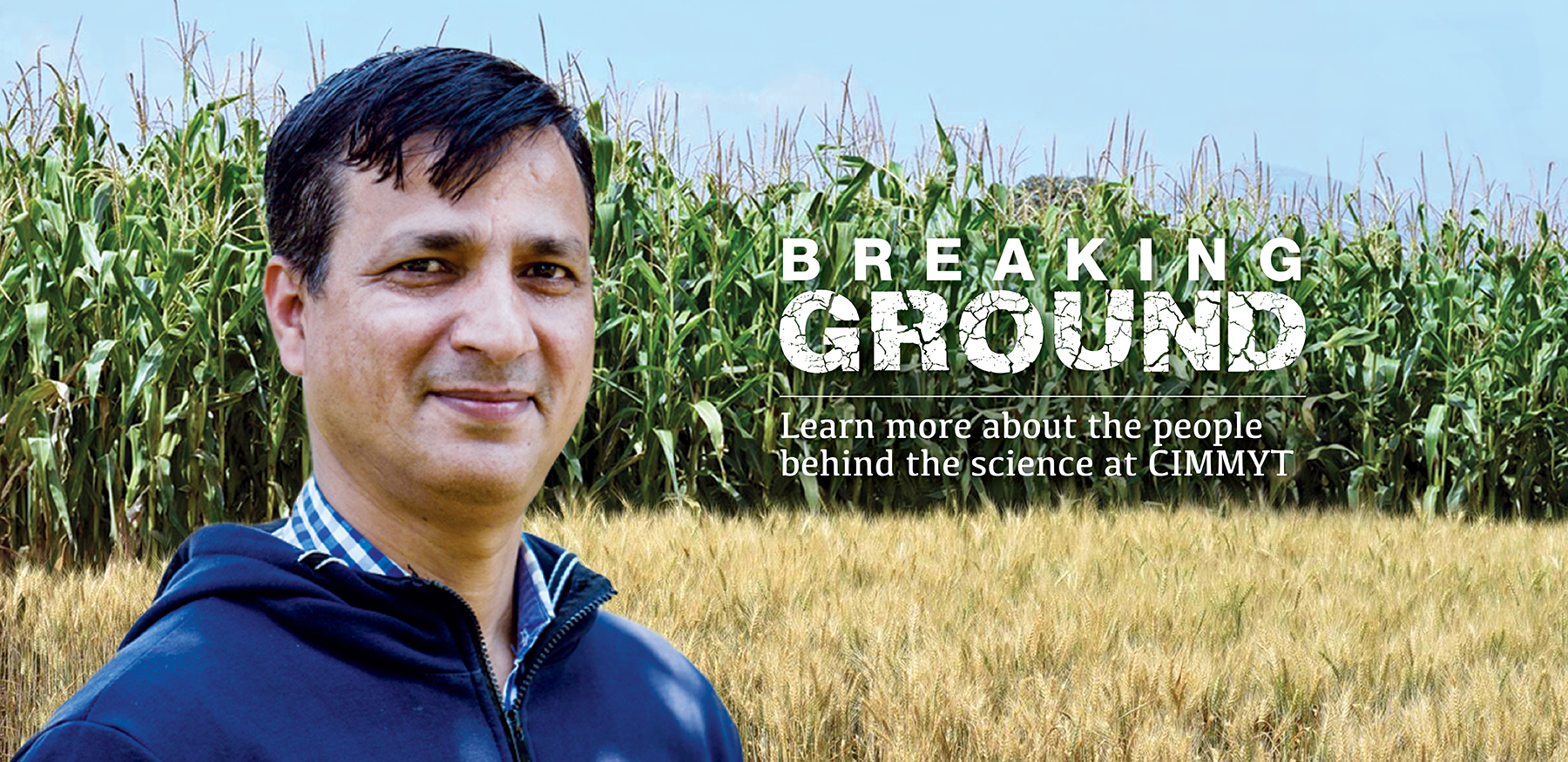
The main focus of the Sustainable and Resilient Farming Systems Intensification (SRFSI) project is on conservation agriculture technologies. Since farmers may face an increase in weeds after adopting zero-till planters, however, more research is needed about how farmers are dealing with weed.
One of the research objectives of the project is to understand farmers’ knowledge, perception, and practices of conservation agriculture. To this end, researchers are using the Photovoice methodology in Cooch Behar (West Bengal, India), Rongpur (Bangladesh) and Sunsari (Nepal) to collect relevant data on weed management practices.
Photovoice is a visual qualitative research method that allows people to express their perspectives through photographs. Photography can be used for evaluation purposes, through storytelling exercises.
On December 6-7, 2019, field technicians in Bangladesh, India and Nepal participated in a training about this methodology. They learned the rationale of Photovoice, its technical and logistic aspects, as well as the ethical considerations and the need to collect consent forms.
Participants also learned how to take pictures of inter-row cultivation and weeds on the farm, and how to confirm the geolocation of the farm.
Worth a thousand words
Using the Photovoice method, 30 households will be explored, including their labor allocation and decision-making dynamics around the implementation of conservation agriculture practices.
The effectiveness of this approach will emerge as smallholder farmers present their perspectives through photographs accompanied by their narratives.
Activities will be monitored on weekly basis.
The SRFSI project, funded by the Australian Centre for International Agricultural Research (ACIAR) and led by the International Maize and Wheat Improvement Center, is set to improve the productivity, profitability and sustainability of smallholder agriculture in the Eastern Gangetic Plains of Bangladesh, India and Nepal, by promoting sustainable intensification based on conservation agriculture technologies.

 Gender equality, youth and social inclusion
Gender equality, youth and social inclusion 


